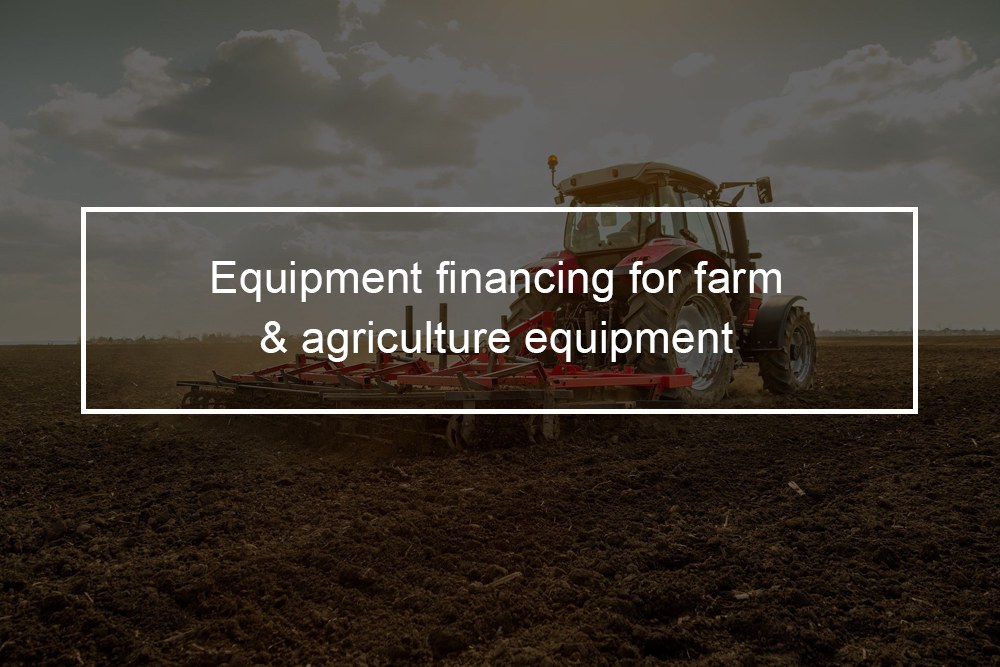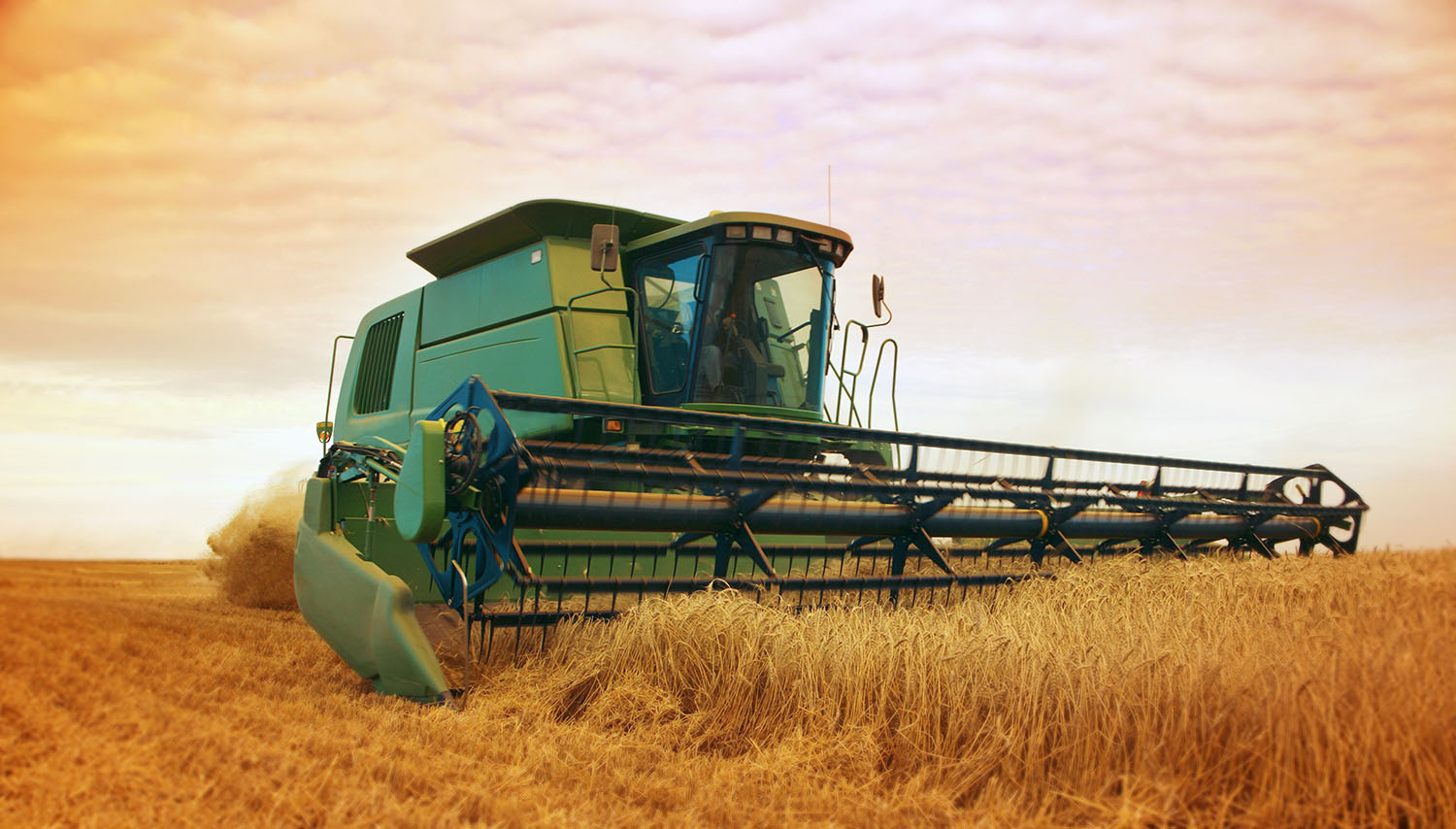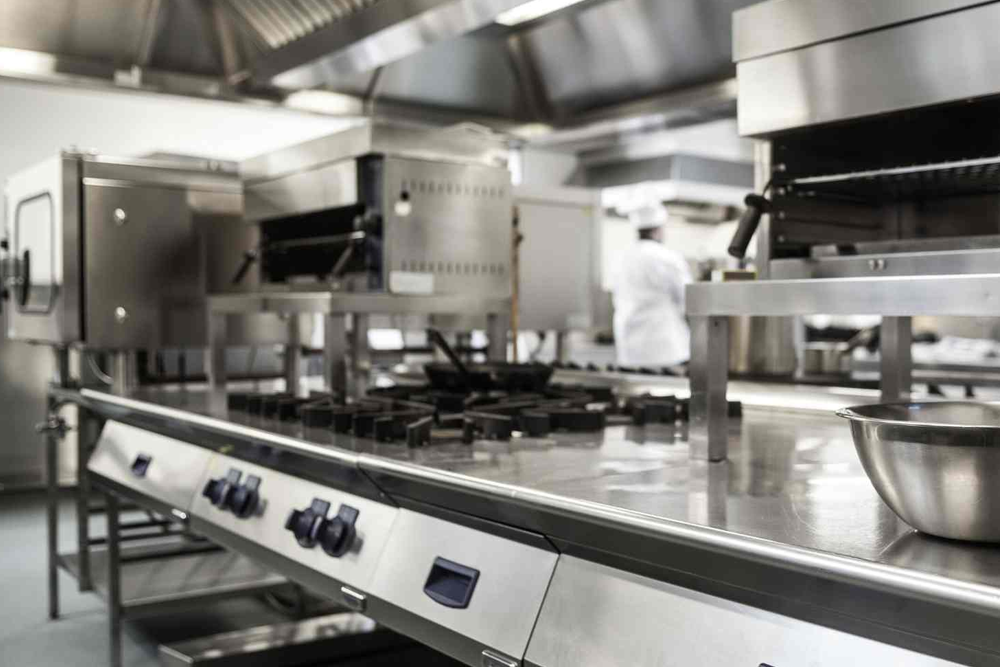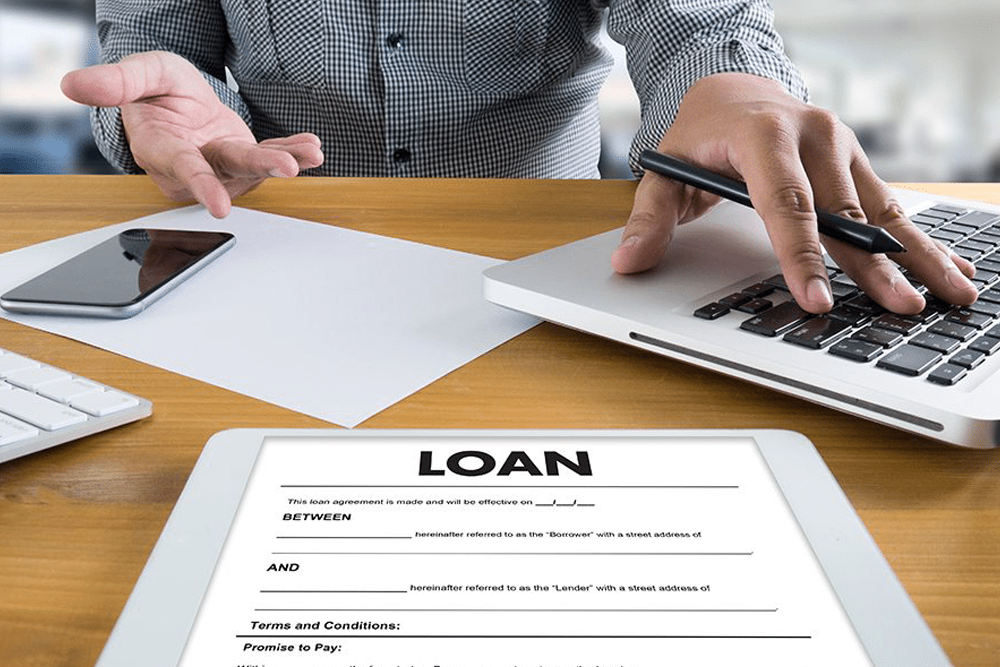Paying for equipment is one of the largest expenditures a farmer will face after land purchases. Following recent statistics, over the past forty-five years, on average, about sixteen percent of crop value ends up as equipment investment. Nonetheless, as farm revenues decline, farmers must take care to make smart financial decisions when it comes to buying equipment. You need to ensure that your selections will fit your present budget while also having the capacity to meet your business’s growing needs. In this guide, we’ll focus on how to purchase farm machinery through equipment financing.
What are Farm Equipment Loans?
Farm equipment loans are small business loans that offer farms the financing they require to buy farm equipment. After a farm uses the proceeds of farm equipment financing to buy the equipment they need, that equipment will act as collateral for the very loan used to buy it.
Since the equipment is the most vital yet the most expensive part of a successful agricultural business, farm equipment loans usually differ between a farm’s failure and success. Beyond even choosing whether or not to take on loan in the form of a farm equipment loan, though, is the choice of where to get that farm equipment loan from. The lender you opt for will determine interest rates, the loan amount, and repayment terms that come attached to your farm equipment financing.
The top four sources of farm equipment loans are:
- Conventional Loans through a Lender
- Financing or Leasing through a Dealer
- USDA-Backed Loans
- Missouri First
Choosing the right farm equipment for your budget and needs
When choosing farming equipment for purchase, not unless you know exactly what model and brand you want, most people begin by considering two main things: price and power. The machine’s size will have a large effect on cost, so it is common for farmers to compromise on features to stay on budget. Most times, this move can be counterproductive. Obtaining farming equipment that is too small for your project can lead to many wasted hours of labor.
On the other hand, for instance, if you buy a tractor that is much too powerful for the activity at hand, it could be detrimental to the engine, not enabling it to reach the proper temperatures to run efficiently. It is recommendable no matter the size piece of land, get equipment that is a little bit bigger than you require. Once you have an idea of the size of farming equipment you will need, you can begin considering your budget, whether to purchase new or find a quality used machine and how you will pay for it.
Buying new farm equipment vs. buying used
Whereas used farming machinery will be less expensive than their newer counterparts, the cost is only one of the elements that a farmer should consider. Since the equipment is a major investment, having a quality, reliable equipment should be a top priority. Nonetheless, this does not necessarily indicate that only new farming machinery should be bought, as good farming equipment is built to last longer and hold their value.
So, let us presume you are leaning toward a quality used tractor to save on price. How do you know if the tractor you are considering is priced well? According to William Edwards, a retired economist at Iowa State University’s Extension and Outreach, the age and accumulated hours of use are often the essential factors in assessing a machine’s remaining value. After you consider its initial retail price, with the average lifespan of a tractor being about fifteen years. A high-hour or older tractor’s lifecycle can be stretched if it was well-maintained. However, be aware that many will need an overhaul and possible engine rebuild by 5,000 to 10,000 hours, even with constant maintenance.
It is also usually impossible to tell the true condition of a machine without a thorough professional inspection that includes access to the equipment maintenance logs. Buyers should inspect six main sectors, including overall equipment appearance, hydraulic power, engine compartment, articulation point, cab, and PTO shaft. Only when you are sure you are getting a good price for the condition should you take the plunge into purchasing used farming equipment.
Financing your equipment purchase
Once you have found the right farming equipment for your needs and your budget, you might find that you will have to explore equipment financing options to complete the purchase. While smaller equipment purchases can be paid for upfront, it might be sensible to finance the right equipment required for your farm, even on a tight budget. Here are the advantages of financing your farm equipment purchase:
- You can expand your farm faster by purchasing equipment for you to grow into, instead of growing out of
- Equipment financing fees and some initial purchase costs can be tax-deductible as a business expense
- You can save labor costs and time by buying larger equipment that gets the job done faster
- You might be able to avoid the pitfalls of purchasing questionable used equipment or overworking equipment that is too small for the job
- You can establish a credit profile for your business for future purchases
Types of farm equipment financing
There are many avenues for financing your agricultural equipment purchases, both naturally and locally. Which financing method you opt will depend on many factors, including your credit rating, the size of your farm, where you live, the size of the loan you need, and which special financing programs you may qualify for. Many of these special financing programs and loan options are available via your local lender, in addition to conventional loans, so it is often advisable to visit your bank branch and talk to your loan specialist as you start exploring your options.
Conventional loans through a lender
Generally, established farmers with some credit might qualify for conventional agricultural loans, which typically have simpler applications, competitive rates, and fewer restrictions. These loans can be used to purchase either used or new equipment, and typically have terms ranging from one to five years. Business owners can work with their local lender or look for competitive national rates online. Also, consider that working directly with your own bank can also offer greater flexibility. Because community lenders are well-versed in various national and local products, they might be able to find something that works for your business, even when other options might not be panning out.
Financing or leasing farm equipment through a dealer
Sometimes dealerships can provide financing with very low-interest rates, and it is a good idea to investigate what deals are accessible as you explore your options. Nonetheless, to qualify for the best terms that dealers provide, borrowers will need to have an established financial record and cash for a down payment (usually 20 percent).
Otherwise, interest rates might be significantly higher. Borrowers are usually expected to have good credit ratings and to have been in business for at least two years. Mostly, used equipment will not be regarded for these deals. Moreover, sometimes the low-interest rate is introductory, only applying to an initial section of the loan. Make sure you research advertised loan terms before setting foot in a dealership to avoid high-pressure scenarios that result in less-than-desirable terms.
Leasing farm equipment is another option available through dealers and has become increasingly common in recent years. Sometimes out-of-pocket costs of leasing the machine are comparable or even better than buying new farm equipment outright—but borrowers have to be financially savvy to evaluate if that will be the case for them. Here is an example: A new tractor priced at $250,000 can be leased for about $30,000 a year. That compares with the cost of buying with a loan, which would require a 20 percent down payment of $50,000 and actually more than $40,000 per year in payments for five years for the outstanding $200,000 with five percent interest.
Bear in mind that when you are done paying off a loan on a farm equipment purchase, that machine, and all the value it retained after depreciation, belongs to you. Whereas lease payments might be similar to loan payments, with a lease, the equipment ultimately goes back to the dealer. If you want to keep a piece of equipment for the long term and you can afford a slightly higher monthly payment, it is recommendable to get a loan instead of a lease.
USDA-backed loans
The USDA Farm Service Agency (FSA) offers secured loans for farmers available via local lenders. The USDA secures these loans up against losses up to ninety-five percent, limiting the threat lenders take on when lending money to farmers who might not qualify for traditional loans, putting financing within reach of many.
Moreover, these loans are not limited to only buying new equipment through dealers. The USDA assures loans of up to $1,750,000 (2019 rate, depending on borrowers’ qualifications) with terms varying from one to seven years, and loan interest rates are bargained with the local lender who services the loan. In order to make an application for these loans, you should visit your local lender, who will offer the appropriate forms and assist you in submitting them. The USDA also provides direct loans of up to $400,000; they also come with fixed interest rates and terms of one to seven years. For more details, contact your local lender or visit the USDA’s Guide to FSA Farm Loans.
Missouri First
Missouri First is a financing program by Missouri’s state designed to establish economic opportunities within local communities by offering low-interest loans to companies through partnerships with local lenders. Missouri First has a special division for agricultural loans, which can provide everything from land purchases to renewable energy production. Their Farming Operation Loan supplies financing particular to farming operations, including equipment purchase. Applications are available on their website and should be completed with the help of your Missouri-based bank.












